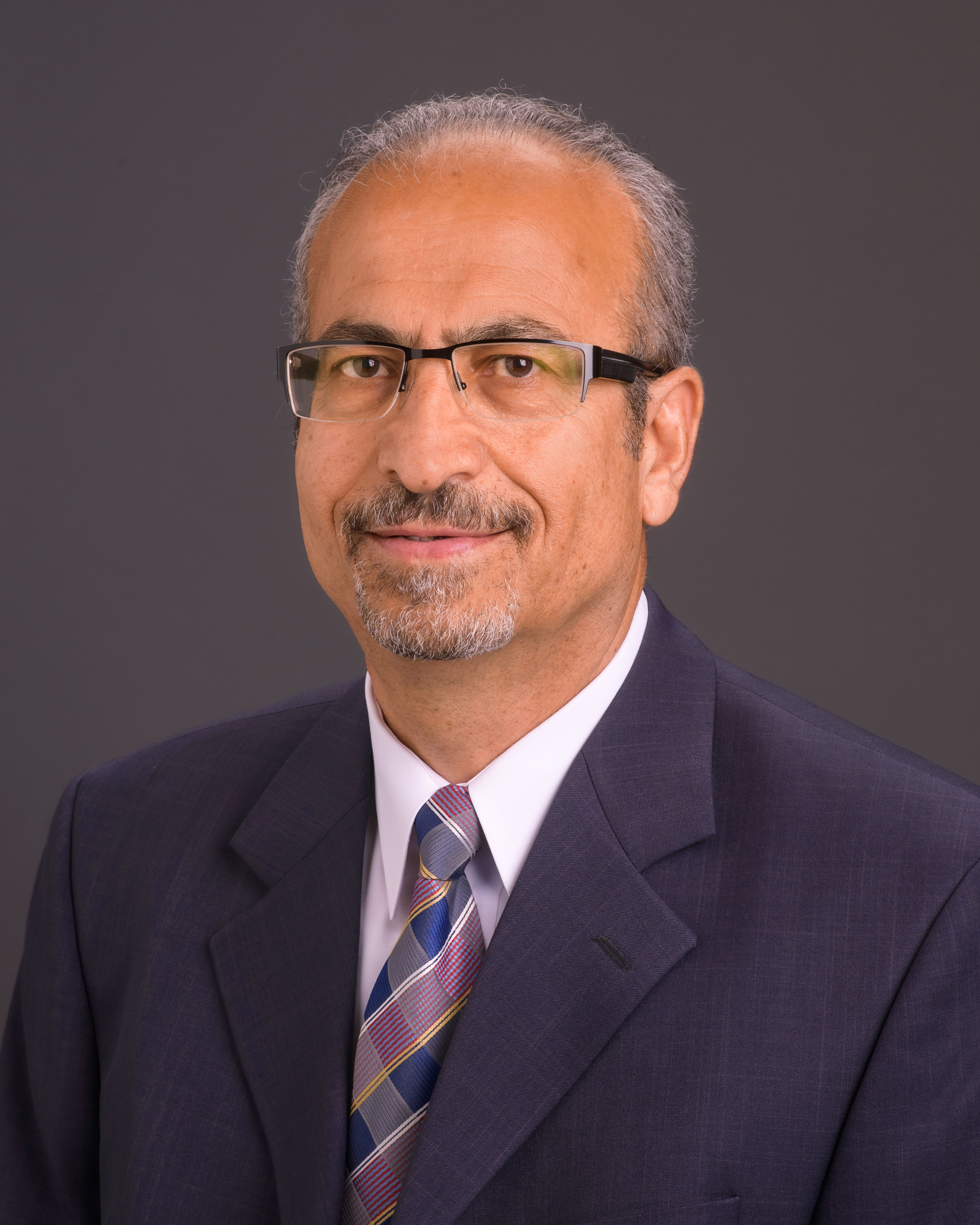
Dr. Shirwan is Professor of Child Health and Molecular Microbiology and Immunology, University of Missouri, Columbia, MO. He also directs an Immunomodulation and Translational Research program at the University of Missouri. He obtained his PhD from the University of California in Santa Barbara, CA, and performed postdoctoral studies at the California Institute of Technology, Pasadena, CA. He served on the faculty of various academic institutions in the United States, including Cedars-Sinai Medical Center, Los Angeles, CA, Alleghany University of Health Science, Philadelphia, PA, University of Louisville, Louisville, KY. Dr. Shirwan pioneered the concept of transient and positional display of immunological ligands on biologic surfaces as a safe and practical alternative to gene therapy for localized immunomodulation with applications to transplantation tolerance, autoimmunity, and cancer immunoprevention and immunotherapy. Dr. Shirwan has continuously been funded by NIH, is an inventor on over two dozens of issued patents, co-founder of 3 biotech startups, widely published, organized and lectured at numerous national/international conferences, and served on grant review panels for various federal and non-profit funding agencies and on the editorial board of various scientific journals.
Thrombomodulin protein transiently tethered to surface of islets enhance engraftment in an intraportal transplantation model by inhibiting peri-transplant inflammatory reactions
Ali Turan1, Lei Zhang2, Mohammad Tarique2, Vahap Ulker2, Ayse Ece Gulen2, Esma S. Yolcu1,2, Haval Shirwan1,2.
1Molecular Microbiology and Immunology , University of Missouri, Columbia, Columbia, MO, United States; 2Department of Child Health, University of Missouri, Columbia, Columbia, MO, United States
Introduction: The instant blood mediated immune reaction (IBMIR) orchestrated by innate immune responses is responsible for substantial loss of islet mass following intraportal transplantation. Thrombomodulin (TM) is a multifaceted innate immune modulator that blocks mediators of coagulation, complement activation, and phagocytosis as major culprits of IBMIR. In this study, we assessed the efficacy of a novel form of TM in mitigating IBMIR in a minimal mass syngeneic islet transplantation model.
Methods: A chimeric gene containing the extracellular domain of TM with a modified form of streptavidin (SA-TM) was generated, expressed in insect cells, and protein was characterized for structure and function. SA-TM was tethered to the surface of islets modified with biotin exploiting the high affinity between biotin and streptavidin (SA). SA-TM function was tested on neutrophils and macrophages in vivo and in vitro. Engineered islets were evaluated for viability and function as well as mitigating IBMIR ex vivo and in vivo. Intraportal transplantation was performed with 200 islet equivalents using streptozotocin-diabetic syngeneic recipients (n=7). SA protein was used as a control (n=6). Animals were monitored for blood glucose and graft function was assessed using an intraperitoneal glucose tolerance test. Flow cytometry and transcriptomic analysis were performed on graft recipients various times post-transplantation.
Results: Islets were effectively engineered with SA-TM without a major impact on their viability and function. SA-TM prevented NETS formation of PMA-induced neutrophils and inhibits phagocytosis in vitro models. SA-TM prevented the expression of various inflammatory mediators, such as high mobility group box protein 1 (HMGB1), tissue factor, IL-6, and IL-1β, TNF-α, IFN-γ, and increased activated protein C (APC) levels ex vivo in a blood loop assay. SA-TM-engineered islets had enhanced engraftment as compared with SA-engineered islets (83% vs 29%) in a syngeneic minimal mass model of intraportal islet transplantation. Enhanced engraftment was associated with significantly decreased infiltration of myeloid cells, especially M1 macrophages (CD11b+ F4/80+ CD80+) and neutrophils (CD11b+ Ly6Ghi), into graft site 3 hours post-transplantation. Moreover, there was a significant decrease in the levels of various proinflammatory mediators, including HMGB1, MCP-1, and IL-1β, involved in IBMIR.
Conclusion: Transient display of SA-TM on the surface of islets is an effective approach to modulate innate immune pathways involved in early islet graft loss with implications for autologous and allogeneic islet transplantation.
NIH U01AI132817. R01AI121281.

right-click to download
